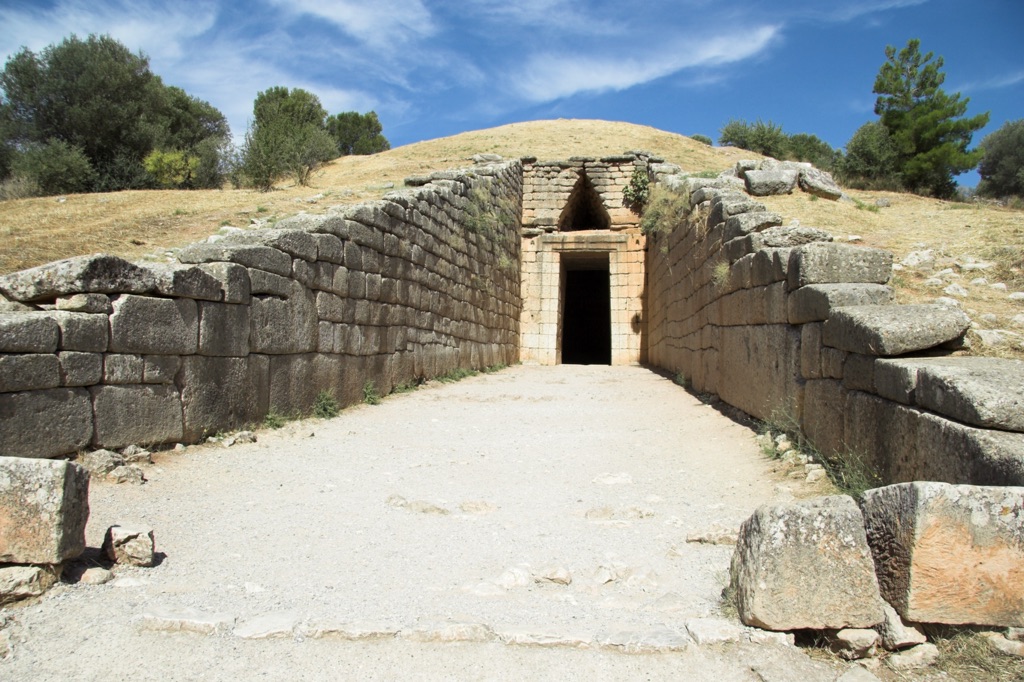The Treasury of Atreus, also known as the Tomb of Agamemnon, is a monumental structure in Mycenae, Greece. It’s one of the most impressive tholos tombs found in the region, dating back to the Bronze Age. This beehive-shaped tomb was constructed during the zenith of the Mycenaean civilization, around 1250 BC. It’s renowned for its grand dome, the largest known in the ancient world until the Pantheon in Rome was built. The Treasury of Atreus is a masterpiece of ancient engineering and architecture, showcasing the sophistication of Mycenaean culture.
Funerary Structures
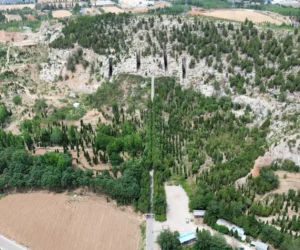
Jiulong Cliff Tombs
The Jiulong Mountain Cliff Tombs, situated in the Shandong Province of China, represent a significant archaeological and historical site. These tombs, numbering over 2,000, are distributed along the cliffs and span various dynasties, including the Western and Eastern Han Dynasties, Wei, Jin, Southern and Northern Dynasties, with notable mention of a memorial tomb from the sixth year of Yonghe (AD 350).
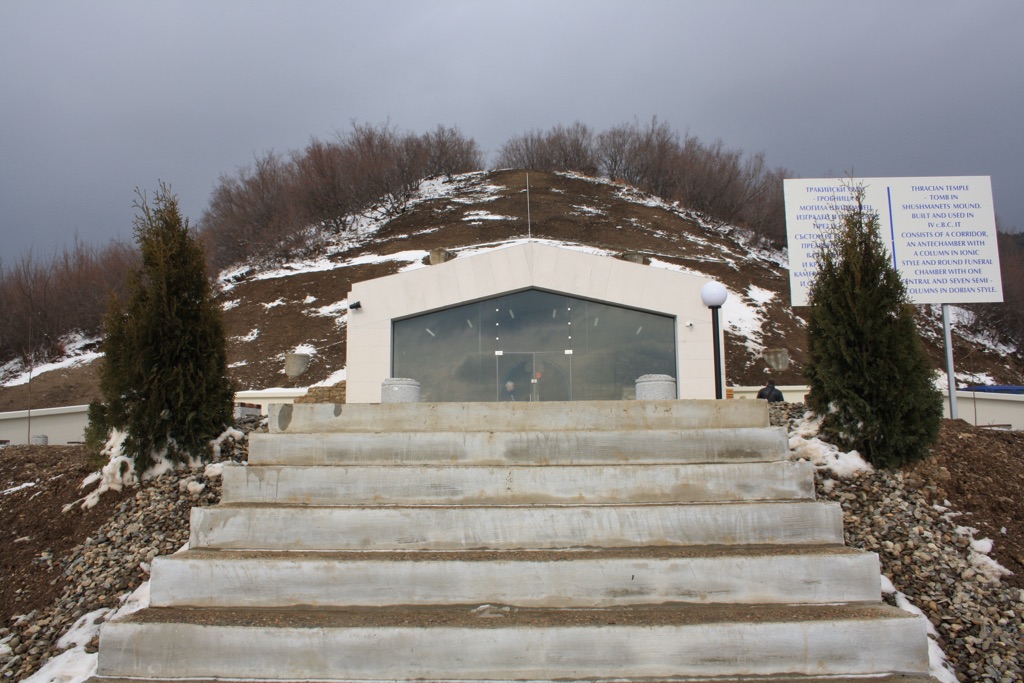
The Thracian tomb of Shushmanets
The Thracian tomb Shushmanets is an ancient burial site, part of the Thracian necropolis near the town of Shipka, Bulgaria. Discovered in 1996, it dates back to the 4th century BC and is a testament to the advanced architectural skills of the Thracians. The tomb is notable for its unique construction, featuring a round burial chamber with a high, corbelled dome, and richly decorated with murals and carvings. It provides valuable insights into Thracian culture, beliefs, and their interactions with the Hellenistic world.
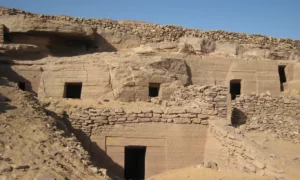
Tomb of Sobekhotep
The Tomb of Sobekhotep, also known as Sobekhotep I’s tomb, is a significant archaeological discovery that sheds light on Egypt’s 13th Dynasty. This tomb is attributed to Sobekhotep I, a pharaoh who ruled during the Second Intermediate Period. The discovery of this tomb provided valuable insights into the art, culture, and burial practices of the period. It is a testament to the craftsmanship and architectural knowledge of ancient Egyptian civilization.
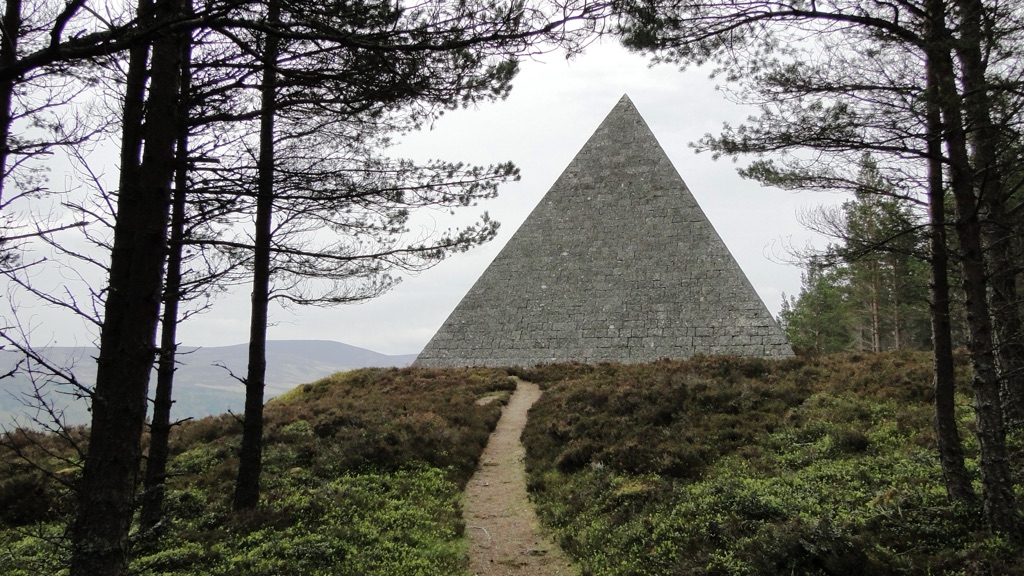
Balmoral Cairns
The Balmoral Cairns are a series of stone monuments located in Scotland. They stand on the Balmoral Estate, a private property owned by the British royal family. These cairns were erected to commemorate various members of the royal family and significant events in their lives. The tradition of cairn-building at Balmoral began with Queen Victoria and has continued with subsequent generations. Each cairn has its own history and significance, contributing to the estate’s cultural landscape.
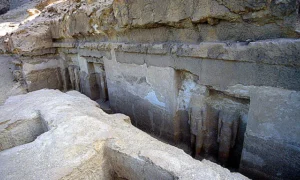
Fraser Tombs
The Fraser Tombs, also known as the Tombs of the Nobles, are a collection of ancient burial chambers. They are located in the Moqattam hills near Cairo, Egypt. These tombs date back to the Old Kingdom and the First Intermediate Period. They are significant for their detailed inscriptions and architectural style. The tombs provide insight into the lives of the non-royal elite of ancient Egypt. They were discovered in the mid-19th century by British Egyptologist George Fraser.

